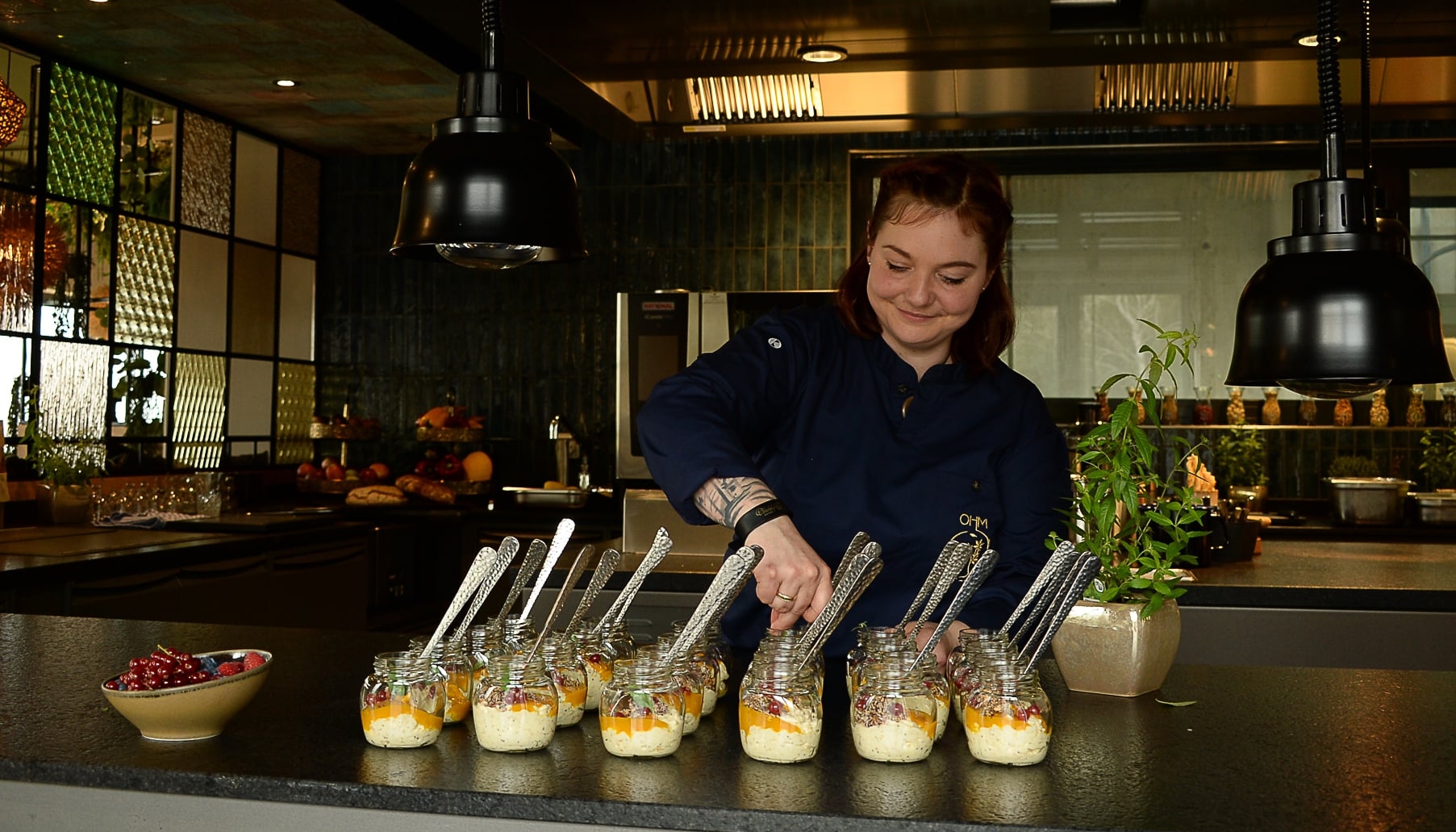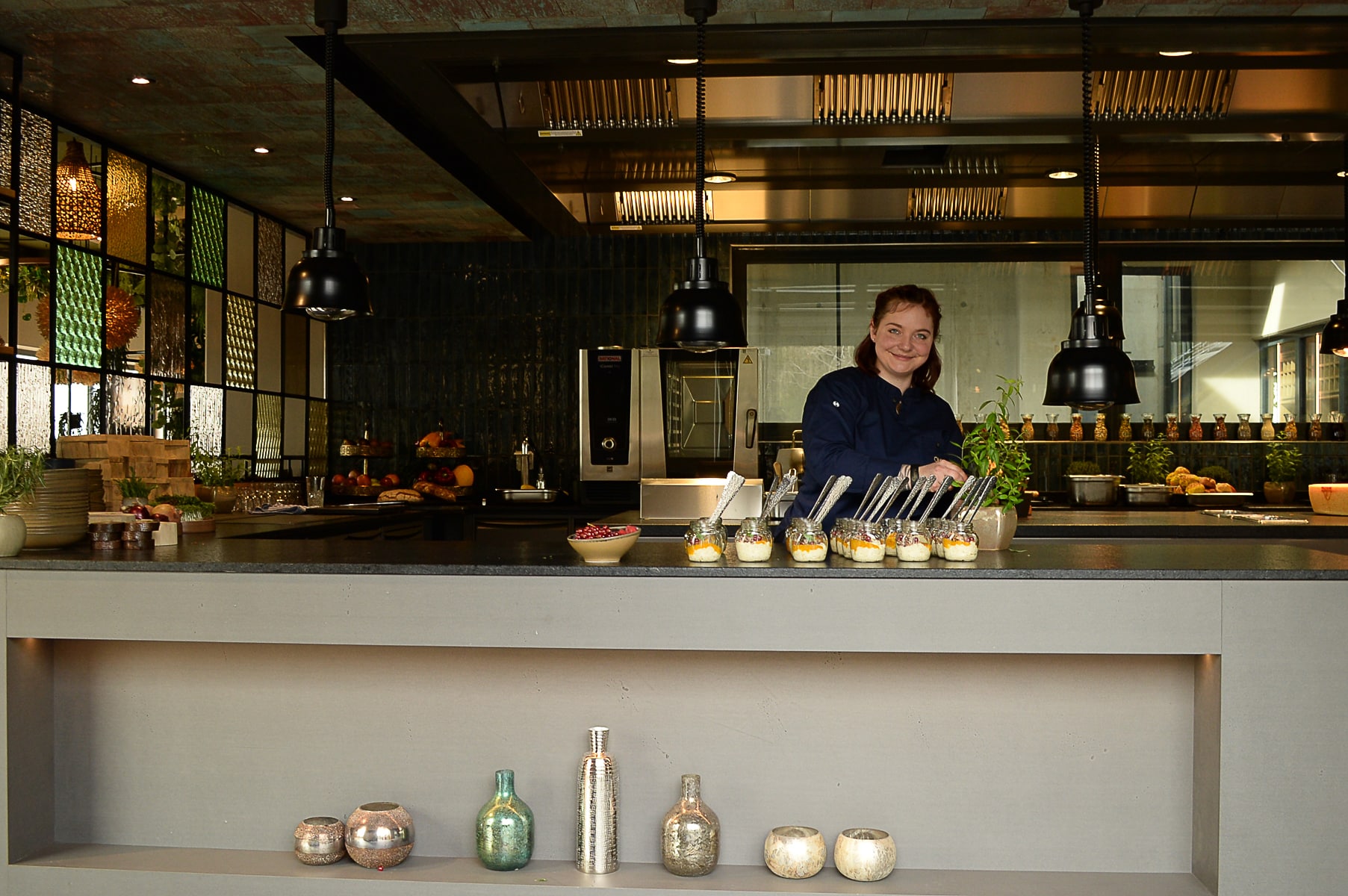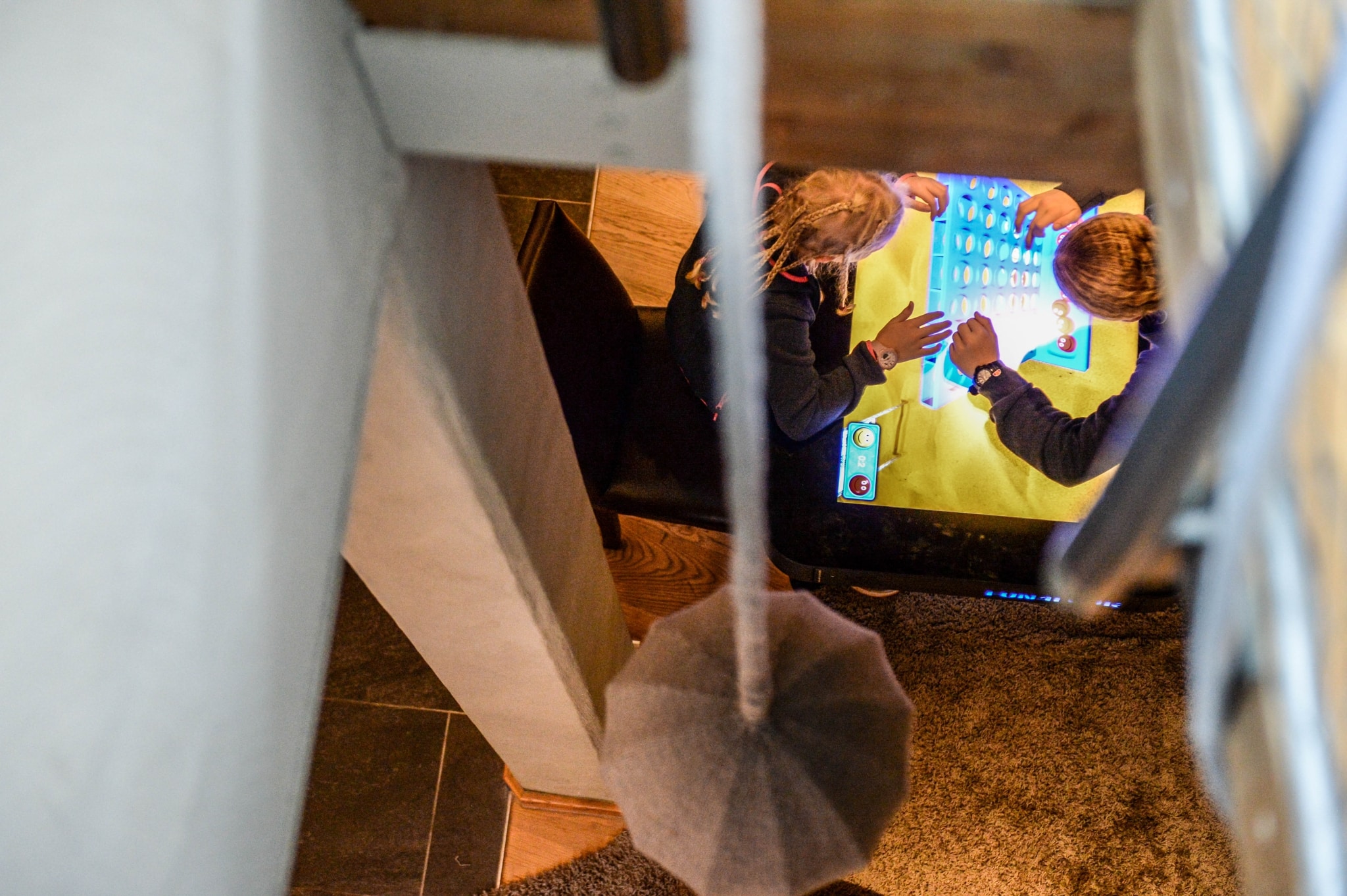
News
Interview with head chef Laura Raith
She devotes herself to decorating the plates like a magic fairy and manages to transform every dish into something extraordinary.
What special steps are taken at ULRICHSHOF family hotel to ensure that the menu is perfectly tailored to the needs of children?
For very young children, we have the baby porridge station and the BLW (baby led weaning) station. For older children, we benefit from years of experience – we know exactly what they particularly like to eat. We generally offer a meat dish, a sweet dish and a healthy dish every day, for example spaghetti bolognese, Kaiserschmarrn (shredded pancake) and vegetable rice. We can predict that 80% of them will choose the Bolognese. We would love to offer even more healthy options, but unfortunately they are not yet as popular as we would like. Nevertheless, it is important to us to continue to offer healthy dishes so that the children have the choice of whether they opt for a burger or zucchini noodles.
In general, we pay attention to allergies and intolerances, i.e. we formulate the dishes so that they can be fed into our allergen tray.
How do you see the hotel’s role in promoting conscious nutrition and a healthy eating culture for families?
We want to show our guests that we are sustainable and regional and make our healthy dishes appealing to them every day with an appealing presentation. Without any pressure – in our opinion, that’s the best way.
How has your view of cooking and eating changed since you became a mother?
Due to my long time in Michelin-starred gastronomy, I used to focus on appearance, but with children that’s not so relevant, it has to taste good – especially when they’re small. What is very important to me is that the meals are fresh and balanced. We completely avoid salt and sugar in the first year of life.
Can you tell us about your approach to feeding your own daughter and how that influences your cooking?
I have picked out different recipes and tried them out. When my daughter eats it, I cook a large quantity in advance and freeze it. That makes my everyday life so much easier. At home, I cook fish twice a week, meat three times a week and we eat vegetarian food two days a week.
How do you implement BLW at home?
Basically, I try everything – like waffles, pancakes and of course vegetables – and then I see if it works, because I want to offer my daughter all options and not exclude anything. I’m a big fan of baby led weaning as I find that toddlers become more independent in terms of what they do. BLW encourages the learning process in this respect. My daughter is now 7 months old and eating with a spoon doesn’t work so well yet, but solid food in the hand works great. It’s great fun to watch her feel the food, for example broccoli, and how hard she tries to get it into her mouth. If the morsel is too big, she spits it out – and yes, it’s a huge mess (laughs).
Are there certain dishes or ingredients that you prefer for children, based on your experience as a chef and mother?
For example, avocado (unfortunately a complete disaster for the eco-balance). Avocado is perfect for small children, it is very easy to prepare and portion. It is creamy and soft and the taste is not too intense. I like to use the avocado for a porridge and refine it with cinnamon. I also like to use rolled oats, they have a good nutritional value and are a great filling food. Just like bananas, which are also a good sweetener. In my opinion, food should be fun for children and, of course, it should also fill them up.
What tips would you give parents who want to improve their children’s diet, based on your own experience and expertise?
Don’t be afraid of the subject and just get involved and deal with it. After all, you need to know what is good for the child, for example with regard to constipation – i.e. which food is constipating, which has a laxative effect – particularly important for small children. Personally, it’s important to me that it’s fresh and balanced. So don’t keep giving your child toast with no nutritional value just because that’s what they eat. Just keep at it and always offer healthy alternatives. After all, tastes change over time – it’s the same with us adults.
Do you have any tricks for teaching children healthy eating habits without losing the fun of eating?
Quite clearly: set an example and lead by example! We parents have a role model function, because how is the child supposed to know that it tastes good if you don’t demonstrate it to them? It can also help to make the meal a little more appealing, for example by putting a vegetable face on the bread or cutting a heart out of a piece of fruit. Education is also important, especially with new foods, you should explain to the children in advance what it is and where it comes from.
It’s worth sticking with it and not giving up, because this way we can successfully integrate a healthy diet into everyday life.
In my opinion, food should be fun for children and, of course, it should also fill them up.
Laura Raith, head chef at ULRICHSHOF

